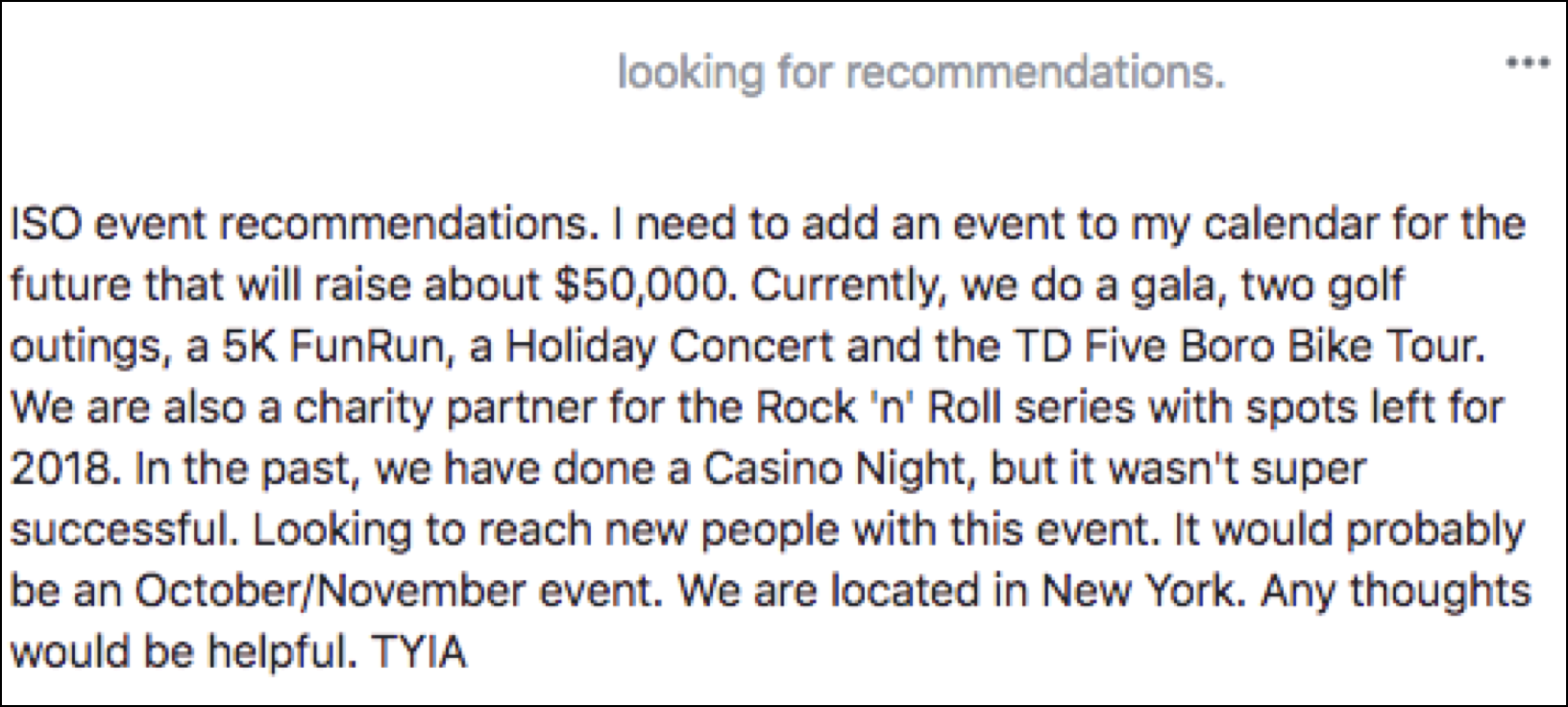“Always with you what cannot be done. Hear you nothing that I say?…You must unlearn what you have learned….Try not. Do. Or do not. There is no try.”
— Yoda
Success can be boiled down to this essential: without commitment, you will not succeed.
In The Empire Strikes Back, Luke Skywalker is convinced that he’ll never see his X-Wing again after becoming entrenched in murky swamp water. “You want the impossible!” he cries.

Photo by Jim Tegman on Unsplash
Yoda, a character from the Star Wars universe, is a legendary Jedi Master and stronger than most of all the ones with the Force. He is small, but wise and powerful and has trained Jedi for over 800 years.
Now, ever the patient teacher, Yoda shows the error of Luke’s thinking. He masterfully delivers the ship to safety with the wave of one tridactyl hand.
“I don’t…I don’t believe it,” Luke exclaims.
“That is why you fail,” Yoda replies.
And that, in a nutshell, is why so many nonprofit organizations fail at fundraising. Year after year they engage in what I refer to as “fits and starts” fundraising. Rather than making a commitment, making a plan, and working the plan.
Try not. Do. Or do not. There is no try. Click To TweetPosts like these crop up regularly in nonprofit Facebook groups. Beleaguered development staffers are always looking for the next fix.

Merely reading the above posting put me in a state of agita. Aside from the utter exhaustion involved, there is no sustainability in this type of model. And “Casino Night?” I’m wracking my brain for the ethics in that one.
In my 20+ years in the sector, I’ve also witnessed organizations say — almost begrudgingly — “Alright, we’ll try this donor-centered stuff!” They proceed to send out an appeal laden with “yous” — but lacking in any real sense of partnership or knowledge of the reader. When it doesn’t slay their goal, they smugly declare, “Okay, just as I thought: this doesn’t work.”
They’ve latched onto donor-centricity at its worst. They’re doing it wrong.
And then there are episodes of backsliding; those cases when donor-centricity is authentically embraced and well-implemented and it does work (of course it does). But the organization actually returns to the old way of doing things. Perhaps the development staffer who originally implemented has left. Perhaps a consultant with no working knowledge of donor-centricity comes on board.
I’ve witnessed regression time and time again. I saw a client increase their individual fundraising by 23% — and bring in a host of new donors (from a house file) — just by one highly segmented letter that was loaded with donor love. Only to return to the same old “dear friend” letter (and lackluster results) for the next appeal.
When you experience success, you build on it. Far too many nonprofits are engaged in “fits and starts fundraising,” which is, sad to say, akin to being trapped on a hamster wheel.
For true, lasting success, an organization must have a commitment to their donors, coupled with the culture to make it happen.

















 I can’t wait to meet with you personally.
I can’t wait to meet with you personally.
Comments on this entry are closed.